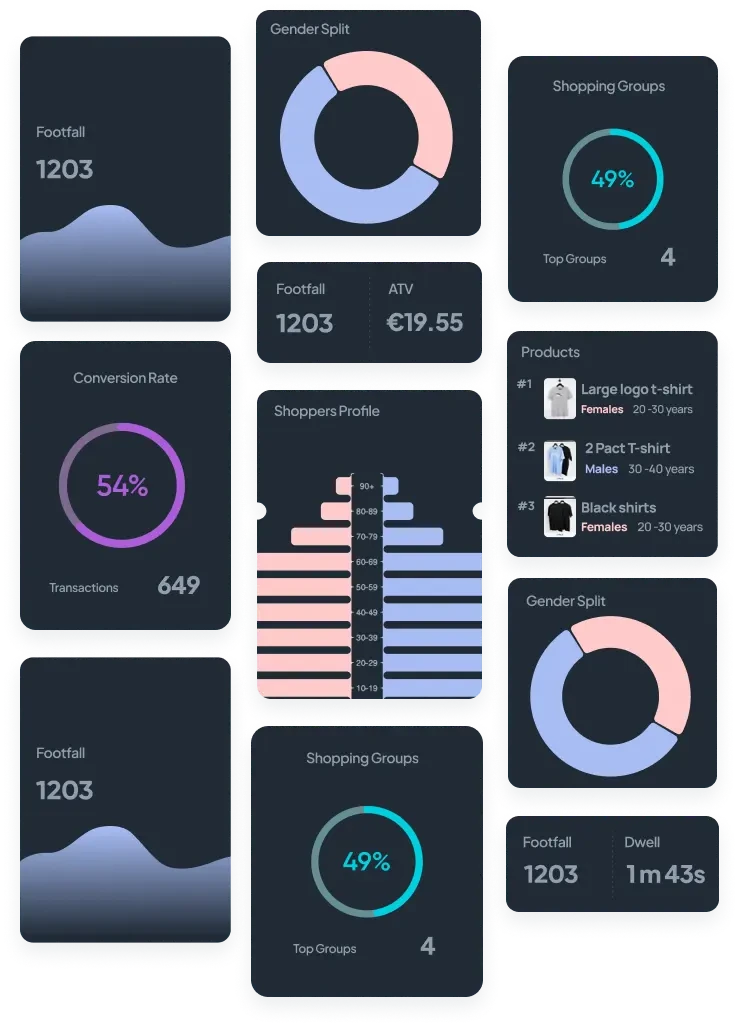Are we in the Era of the Supermarket Own-Brand?
Keith Monaghan
July 1, 2025
The own-brand, or private label, is currently experiencing significant growth, especially since the beginning of this decade. Many grocery and FMCG retailers now have extensive ranges of own-brand product, competing with household names in almost every category.
Conor Pope, Consumer Affairs Correspondent of the Irish Times said that even though inflation levels in grocery were considered “unacceptably high” back in 2022, they now seem like the good old days compared to today. In that space of time the on-average weekly household shop has increased from €200 per week to €240 per week. A 20% rise is more than significant, and if things keep going this way, shoppers could be forced to thin-out a lot of essential items or look for much cheaper alternatives.
One of the most alarming articles in the Irish Times in recent weeks contained a quote from shopper Alison Bradshaw, saying that if you spend €50-60 in one of the popular supermarkets, you can actually carry your shopping around in your arms, forgoing the need for a basket entirely.
Damien O’Reilly, Lecturer in Retail Management at Technological University Dublin, fears that thousands of households across Ireland will struggle to afford their weekly shop. His research shows that there has been a massive turn towards discounts in-store. 24% of all transactions are now discounted goods, a rise of 11% since 2021. O’Reilly’s other notable big shift in shopper sentiment is the inordinate rise in own-brand purchases. Almost exactly 50% of the average shopper’s basket is now made up of own-brand labels. This is a 30% rise in less than a decade.
These stats back up my feeling that the own-brand is very much having its moment. The supermarkets’ respective own-brands are ironically becoming their own recognisable brands. Dunnes Stores have their Simply Better range, Tesco have their Finest, Centra have Inspired, and each of the ranges have their own distinct looks, blending advertising chic with simplicity, for the most part.
From personal experience, I remember not too long ago, there was a bit of a stigma on buying own-brand label, but I’m also remembering back to a time when the own-brand was a bland white label, taped across a tin or a jar which simply stated what was inside. “Bolognese Sauce”, “Fusilli Pasta”, “Sweetcorn”, etc. I even remember a friend of mine being mocked for buying Tesco brand lager, which looked amusing as it was a completely plain white can with “Tesco Lager” written on it. It looked like something a prison might dispense to their inmates on New Years Eve.
It's undoubtable that the quality of the packaging across most enterprise grocery organisations has significantly improved. Now, when I’m shopping in my local supermarket, I find myself almost going for the own-brand by default and needing to be genuinely persuaded to spend an extra euro or two on the name brand. If it’s a brand I particularly like and know cannot be replicated to a satisfactory degree by the own-brand (Pringles, Coca Cola, Cornetto Ice Creams), they still get purchased. But anything else is fair game.
The first own-brand products I converted to were the likes of kitchen paper, toilet paper, juice, bread and muesli, but very recently I’ve ‘downgraded’ from Ballymaloe pasta sauces to own-brand sauces and have managed to save €16 per week. Ballymaloe sauces are about €5 each, but the own-brand are €1. I’ve also started buying the own-brand pasta for a slightly lower saving, but it all adds up. Every week, it seems another brand name is being jettisoned from my shopping basket for an own-brand alternative, and I imagine its exactly the same for a lot of other discerning shoppers who are feeling the pinch.
In the UK, Tim Fairs, an independent marketing consultant, formerly of ProCook and Bestway Retail, this week noted that even with the cost-of-living crisis, the grocery sector is in-fact still doing very well, and is projected to increase by £10billion before the end of this decade.
Fairs stated that a lot of retailers focusing on the likes of tobacco, vaping, and newspapers will potentially be left behind, while chilled and food-to-go seem to be the current customer proposition. He stated “The most successful retailers regularly review their proposition and space to make sure they align with the evolving customer need, it takes a lot of heavy lifting (literally) but the rewards are there for the taking.” Could an extended cost-efficient and aesthetically appealing own-brand range be a part of this new-age “customer proposition”?
At the Checkout Conference in Dublin this year, there was a lot of talk about inflation being the biggest challenge for retailers in 2025, with some emphasis on “Treatanomics” from Heineken strategist, Brian Malone. He said that people, especially young people, may be more inclined to buy cheap for the most part, but treat themselves with one or two luxury purchases during their shop, the likes of an expensive chocolate bar or tub of hummus.
We’ll never be able to get so granular to understand everyone’s financial situations and whether a weekly shop is as big a stressor as the stats suggest, for single individuals or family units. But if the own-brand labels keep closing the gap on quality, while keeping prices significantly lower, not only will they continue to have their day, but they’ll be entering into a whole new era.
Get Started
What Gets Measured, Gets Managed!
VisionR mines data directly from shoppers as they navigate stores, empowering retailers with real-time insights to maximise their decisions & revenues.
